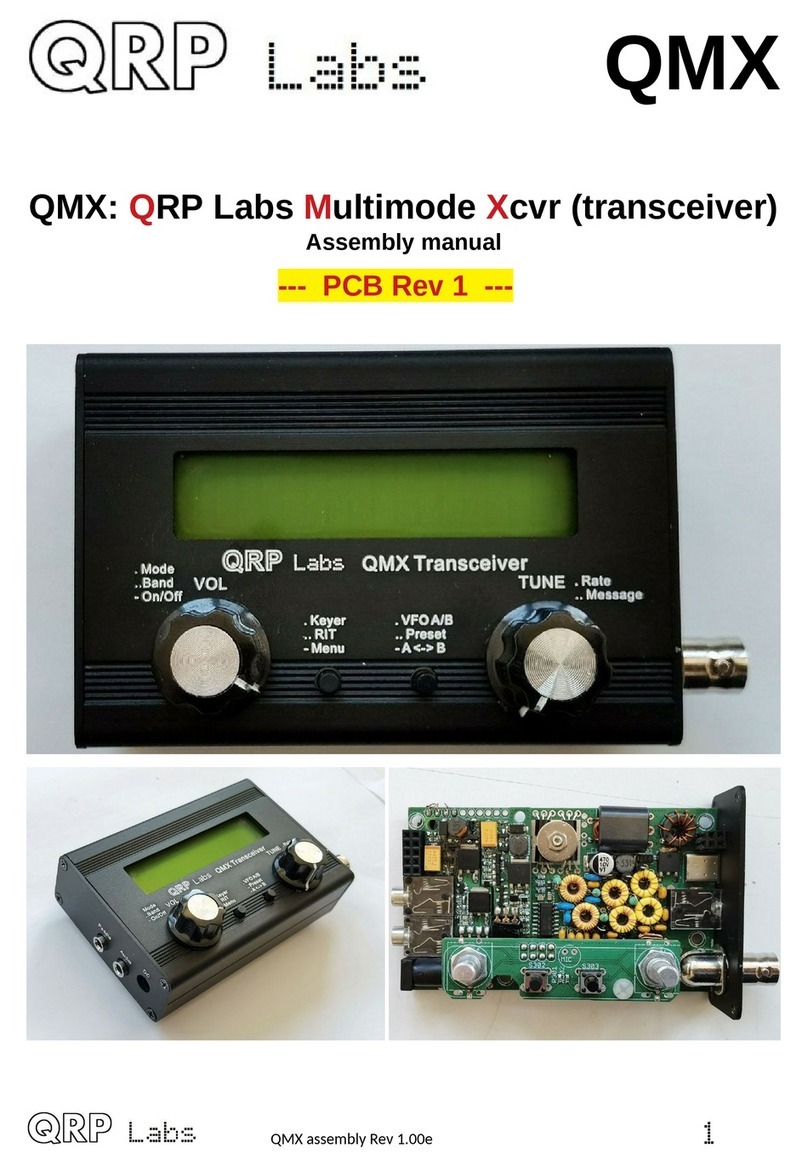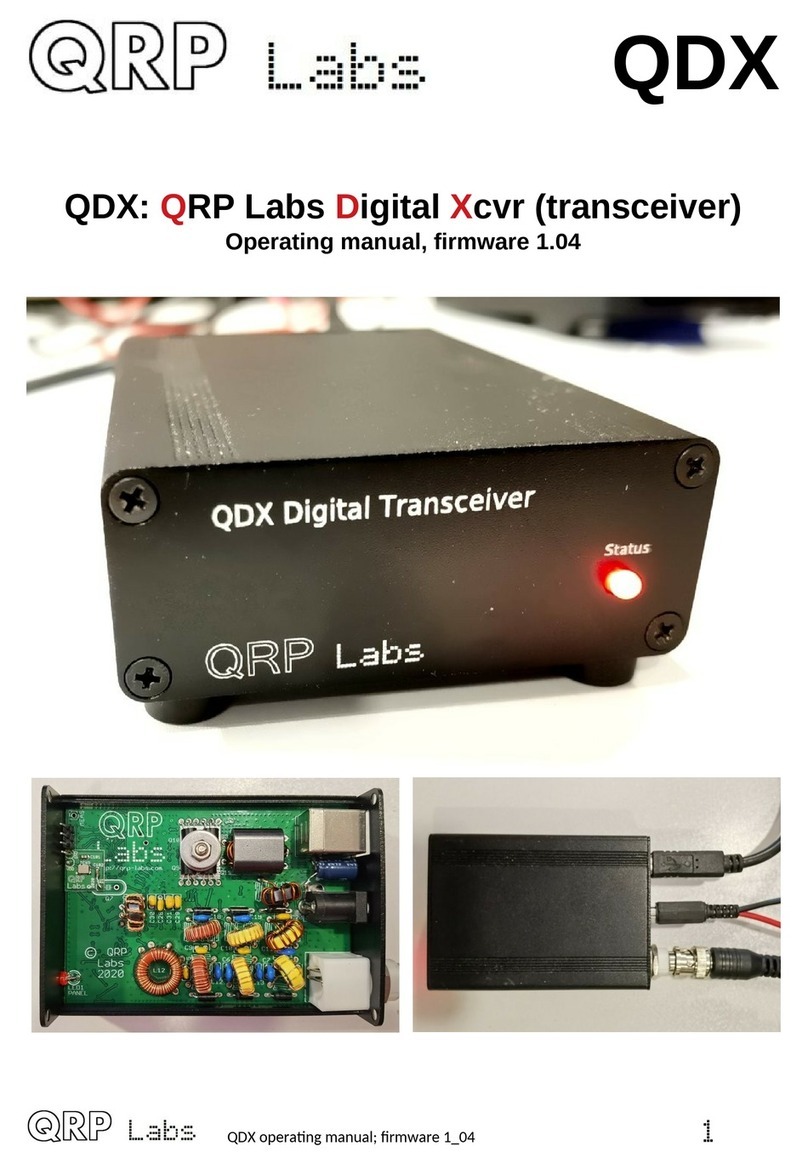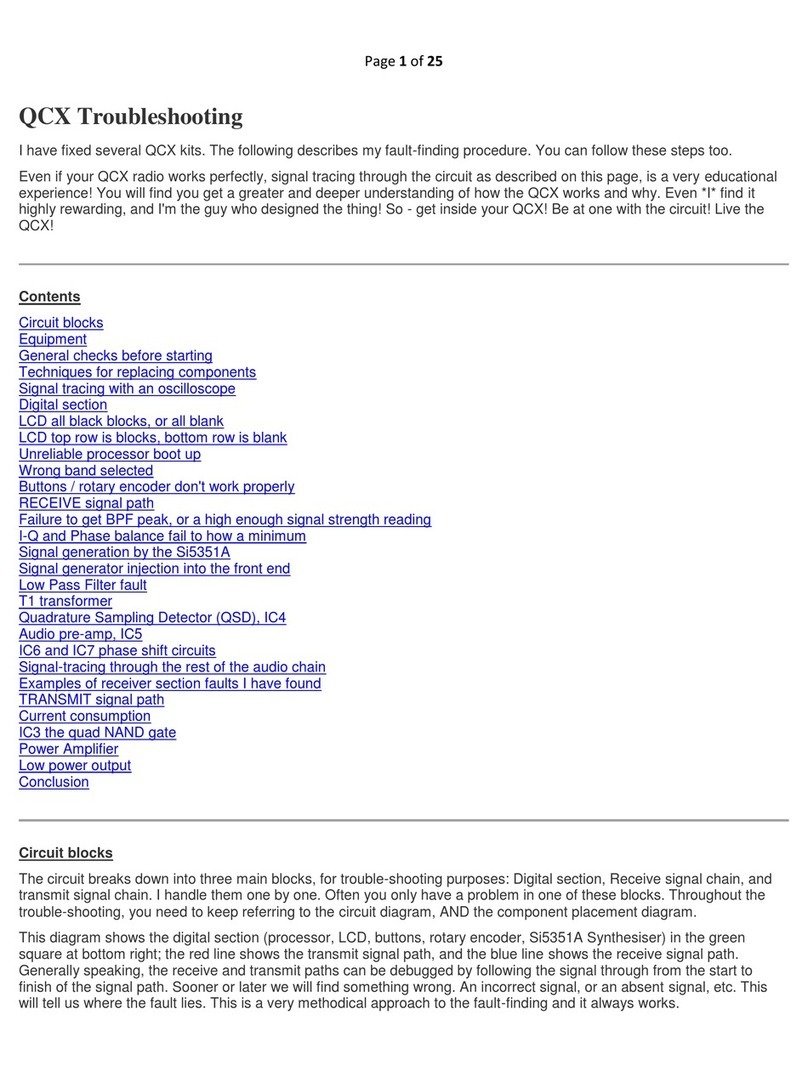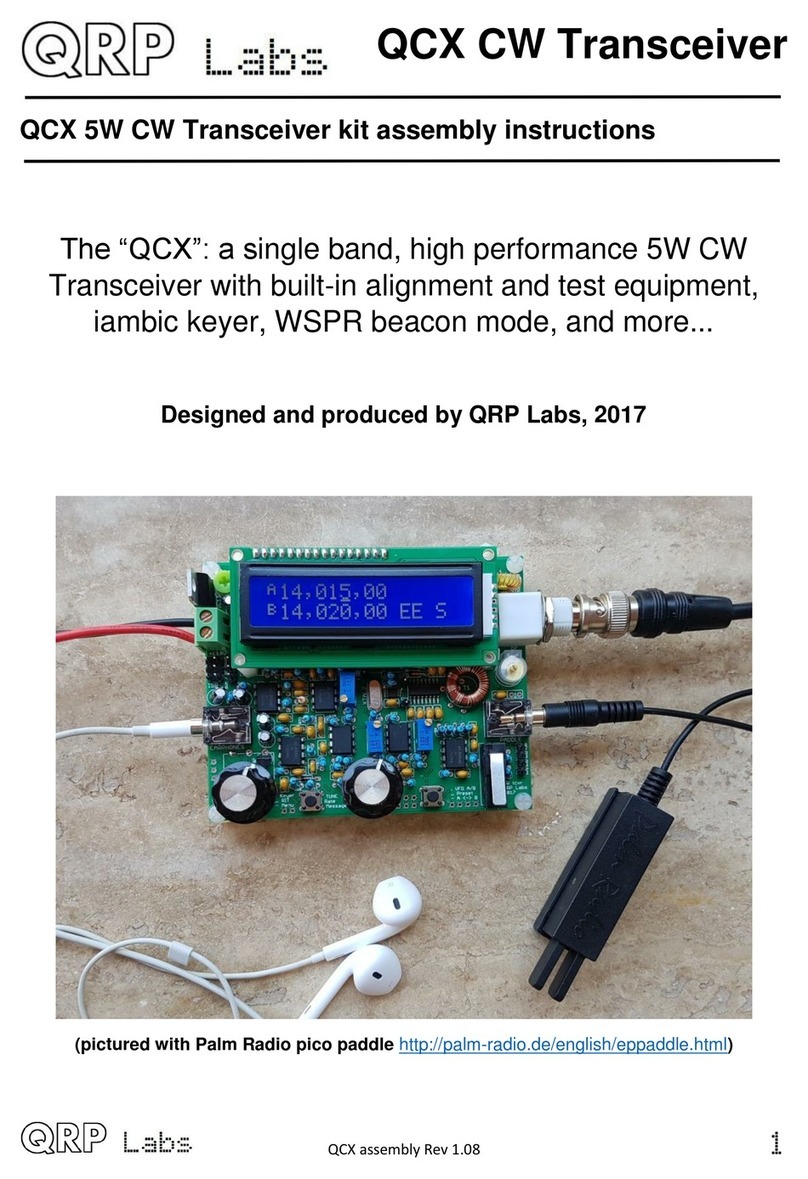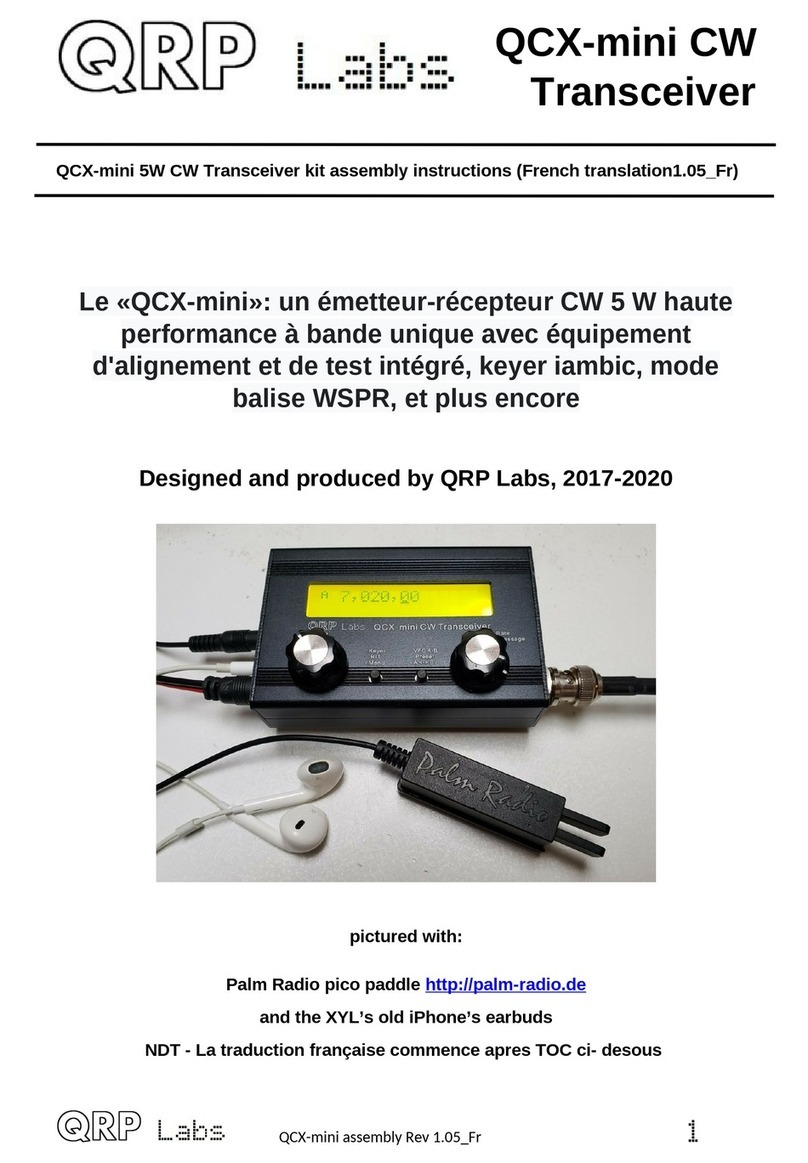Contents
!"##
$
%&'
(
)*)+,-.$
/)+,/-$
0/)+,/ -$
/$0&12)(
3$/3&12)(
4$
$3 0
)+,-$+ /
534 3
678'!1 4
/678'!1'9$
:$
0;$
//)$
3 $)$
46</00
:=<//
> $$##:3
>1?:4
>@:
%1
%1
0%11
/$2
3)$=5
4 A(0
=($=&$/
1?4
>$$:0
&$0
;$/0
>$:=0
00
/2:B0
3#$ 00
4:>$0
)==00
0/
)$$ 30/
##::2/
&$/
5&C#&:/
0!A#/
2
